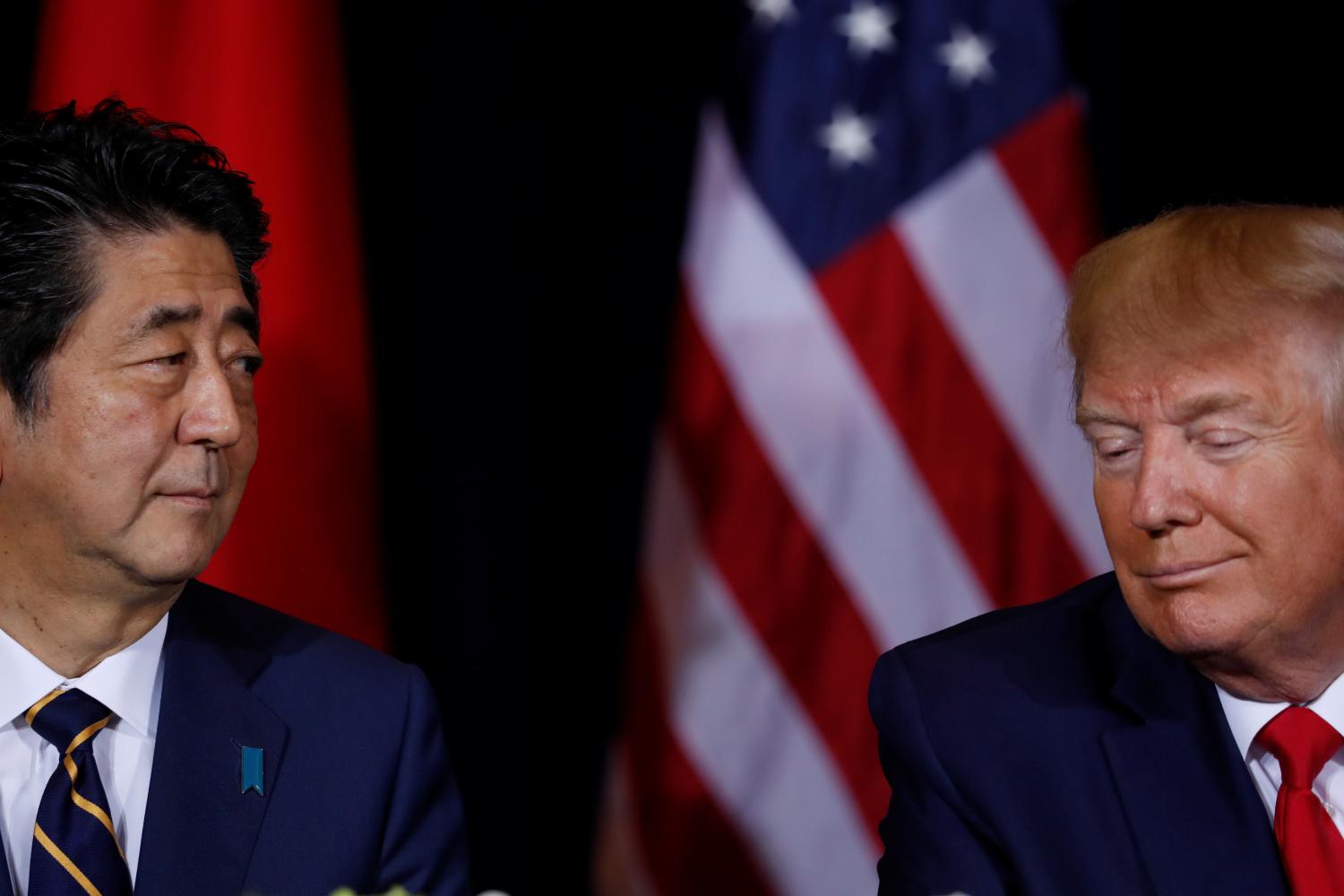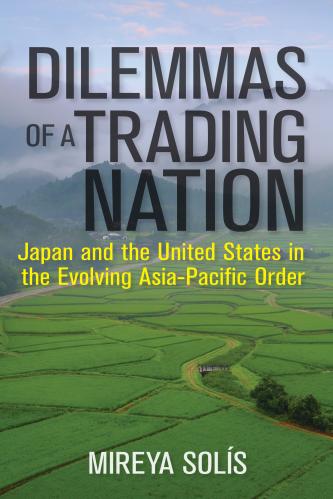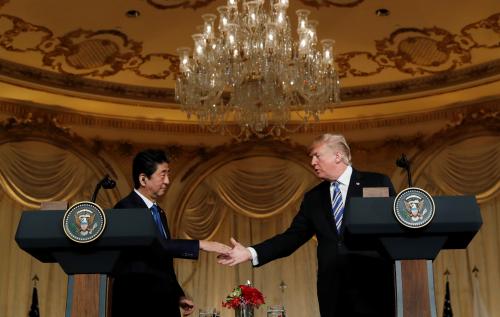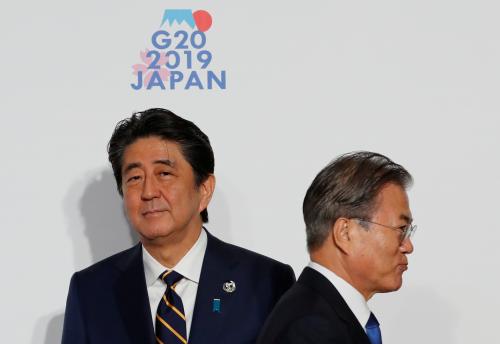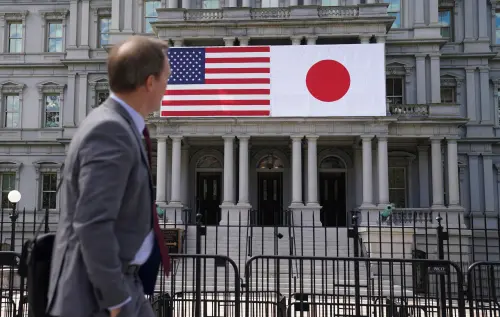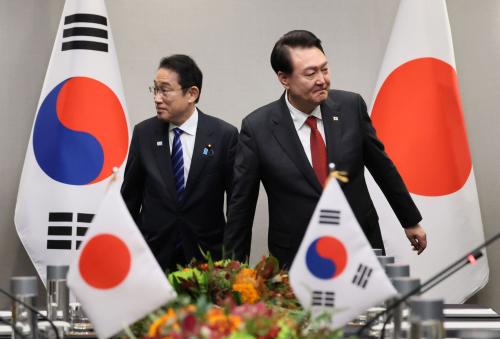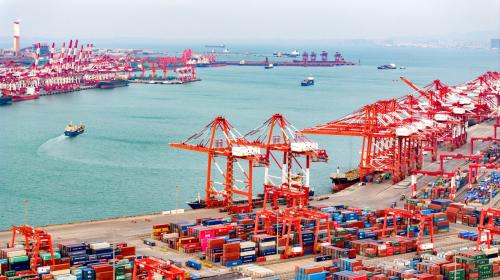This piece was originally written as an epilogue to the Japanese translation of the author’s 2017 book Dilemmas of a Trading Nation: Japan and the United States in the Evolving Asia-Pacific Order, published in Tokyo by Nikkei Publishing in October 2019. The author’s purpose in writing the epilogue was to assess the trade policy developments in the Asia-Pacific of the past two years, a time when Japan and the United States have sharply reoriented their paths as trading nations. It has been further updated to reflect recent developments.
EXECUTIVE SUMMARY
The international trading system is in turmoil. When the author’s Dilemmas of a Trading Nation was first published in August 2017, the United States and Japan were on the cusp of redefining their path as trading nations. The momentous change was best crystallized in the American decision to withdraw from the Trans-Pacific Partnership (TPP) and the Japanese resolve to salvage the trade deal against all odds. Precedents were broken in that the United States had never withdrawn from a signed trade agreement, and Japan had never displayed trade leadership of this caliber. The trade world has not looked at the United States and Japan the same way ever since.
Two plus years on, this transformation is in full display. Under President Trump’s “America First” mantra, the United States has set out to fundamentally restructure bilateral trading relations with its closest partners and allies, jolt the World Trade Organization (WTO), and compel China to restructure its economic model to level the playing field. There is no higher priority in the “America First” trade strategy than to curb Chinese market distorting policies and cajole structural reforms from China. Because of the tactics chosen, however, this has largely been an “America alone” quest.
Japan’s choices over the past two years could not have been more different. In salvaging the TPP, Japan and the other 10 original members ensured the survival of the most ambitious rulebook structuring trade and investment relations in Asia-Pacific. Japan has brokered not one, but two mega trade agreements, concluding an economic partnership agreement with the European Union that covers one third of the world’s GDP. With its higher level of ambition, Tokyo has been in the frontier of international governance for the digital economy, and has worked with like-minded countries to upgrade trade and investment rules and reform the WTO.
In the span of few years, Japan and the United States have sharply reoriented their trade strategies as they navigate the dilemmas of a trading nation in their quest to ink trade agreements that can reconcile the goals of economic competitiveness, social legitimacy, and political viability. In the recent past, these two countries have twice met at the negotiation table — and the outcomes of each negotiation have been dramatically different. In the original TPP project, the United States and Japan were ready to forge a regional trade architecture; in the mini trade deal they settled for the minimum necessary to avoid friction in bilateral relations.
However, the broader horizons of coordinated economic statecraft for Japan and the United States still beckon. These two nations have an abiding interest in working as partners to improve international economic governance through the dissemination of digital economy standards, the supply of high-quality infrastructure finance in the developing world, and the codification of rules that alleviate the distortions of state capitalism in the trading system. Equally pressing and consequential is for the allies to work towards achieving a high-quality comprehensive bilateral trade agreement and engineer an American return to the regional economic architecture.

